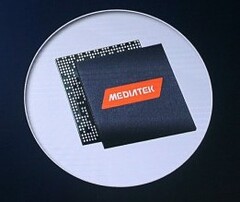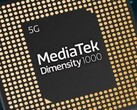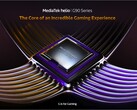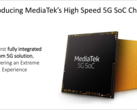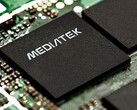MediaTek is mostly known for its competitive Helio P-series smartphone SoCs, but the company is also looking to expand into the A.I. NPU market with chips like the newly announced i700, which is targeted at IoT applications including smart displays, smart building security systems, facial recognition for payment authentication, fitness and entertainment devices that benefit from augmented reality applications, and even warehouse autonomous vehicles.
The i700 integrates two ARM Cortex-A75 cores clocked at 2.2 GHz and six Cortex-A55 cores clocked at 2.0 GHz, plus two additional NPU cores for A.I. acceleration and face recognition that are up to five times faster than the NPU integrated in the i500 SoC. Maximum supported amount of RAM is 8 GB LPDDR4x-1866. MediaTek offers support for its proprietary NeuroPilot SDK as well as for Google’s Android neural Network API, TensorFlow, TF Lite, Caffe and Caffe 2. Connectivity specs include dual WiFi 5, Bluetooth 5.0 and 4G LTE Cat. 12 support.
As far as imagining support is concerned, the i700 can be paired with a single 32 MP camera or a dual-cam setup with 24 + 16 MP resolutions, offering 30 fps video capture. Additionally, there is a 120 fps mode dedicated to applications that require accurate identification of fast-moving objects. Graphics acceleration is handled through the IMG PowerVR GM 9446 GPU clocked at 970 MHz.
Expected release date is set for early 2020.
Loading Comments
I first stepped into the wondrous IT&C world when I was around seven years old. I was instantly fascinated by computerized graphics, whether they were from games or 3D applications like 3D Max. I'm also an avid reader of science fiction, an astrophysics aficionado, and a crypto geek. I started writing PC-related articles for Softpedia and a few blogs back in 2006. I joined the Notebookcheck team in the summer of 2017 and am currently a senior tech writer mostly covering processor, GPU, and laptop news.
> Expert Reviews and News on Laptops, Smartphones and Tech Innovations > News > News Archive > Newsarchive 2019 07 > MediaTek announces i700 SoC for A.I. IoT applications
Bogdan Solca, 2019-07-11 (Update: 2019-07-11)




